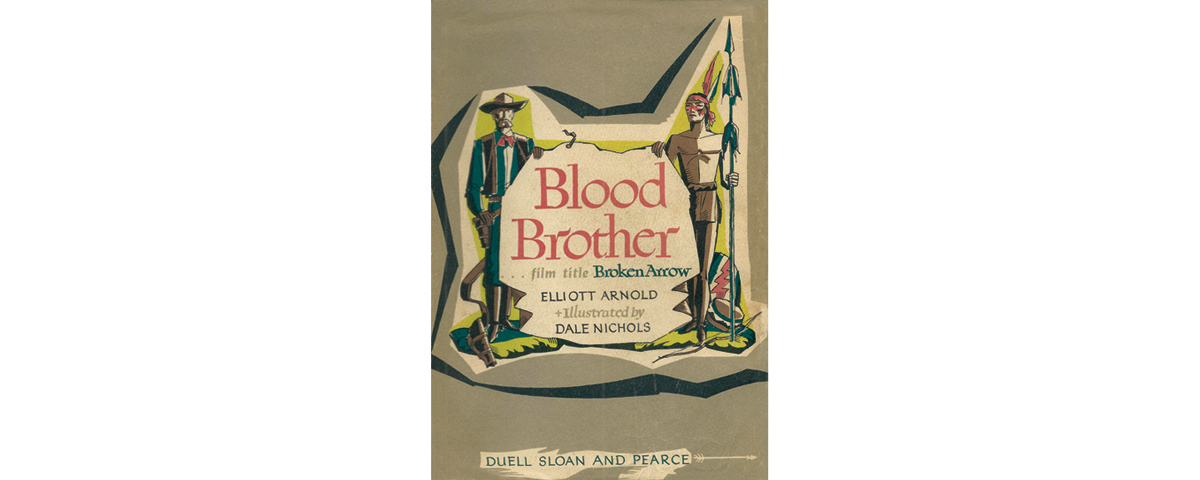Chief Cochise & Chickasaw
Battles and skirmishes among settlers, soldiers and Indians draw the most attention among those of us interested in the Western Indian wars. But bloodshed isn’t always a requirement for us to become intrigued. Sometimes efforts to make peace can be cool. Well, not so much those drawn-out councils between U.S. commissioners and tribal chiefs that ended with misconstrued treaties destined to be broken, nullified or amended. But one example of treaty making in the Old West stands out, because it was so unlikely and dramatic, not to mention far more personalized and successful than others. It was in October 1872 that one-armed Brig. Gen. O.O. Howard dared to meet in Arizona Territory’s Dragoon Mountains with Chiricahua Apache Chief Cochise, who had been waging war with Americans for more than a decade. The pair consummated a treaty, one Cochise kept until his death (likely from cancer) in those same mountains on June 8, 1874.
One of the terms of that historic 1872 treaty was that Arizona frontiersman Tom Jeffords would serve as Indian agent for the new Chiricahua Apache Indian Reservation. It was only fitting, as Jeffords’ rapport with Cochise had made it all possible, and he had personally brokered the meeting between the general and the chief. The unlikely friendship between a soft-spoken white man and an imposing Indian who embodied the essence of Apache warfare fascinated generations of Americans, thanks to Elliott Arnold’s 1947 novel Blood Brother and two subsequent screen adaptations—a 1950 motion picture and a 1956 TV series, both titled Broken Arrow. Of course children of 1950s TV land had the Lone Ranger and his faithful Indian companion, Tonto, to counterbalance all those savage Indians circling wagon trains and taking scalps in Hollywood movies. But some of us preferred to watch John Lupton’s Jeffords and Michael Ansara’s Cochise interact, as they seemed more grown-up, having drawn blood to become brothers.
A childhood friend and I—he playing Lupton playing Jeffords, and I playing Ansara playing Cochise—actually did prick our index fingers to draw blood we could intermix without too much pain. Fortunately, neither of us had read Arnold’s Blood Brother, in which the Indian Nochalo employs a heated knife blade to open “the flesh in Cochise’s right arm eight inches above his wrist” and lets the blood flow into a silver goblet. Nochalo then does the same to Jeffords, using another goblet to collect his blood. After Nochalo presses their arms together to commingle the flowing blood, Cochise and Jeffords each take the goblet holding the blood of the other and drink. Don’t try this at home, kids. If you must know, the real-life Jeffords never said he and Cochise commingled their blood, and the Apaches apparently never practiced the blood brother ritual. But their friendship was real. “He respected me, and I respected him,” Jeffords recalled. “He was a man who scorned a liar, was always truthful in all things, his religion was truth and loyalty. My name with Cochise was Chickasaw, or Brother, and among his tribe I was known as Tyazalaton, which means ‘Sandy Whiskers.’”
It is generally accepted that the first meeting between Jeffords and Cochise was in 1867 and that they formed a pact in which Cochise vowed not to molest mail riders of the Southern Overland Mail and Express. Sweeney, though, suggests Jeffords and Cochise didn’t meet until the fall of 1870, and he questions whether they ever made a pact regarding the Southern Overland. Regardless, nobody doubts theirs was a singular relationship. As historian Paul Andrew Hutton puts it in his recent book The Apache Wars, “One of the most remarkable friendships in frontier history had been formed.” WW
Wild West editor Gregory Lalire wrote the 2014 historical novel Captured: From the Frontier Diary of Infant Danny Duly. His article about baseball in the frontier West won a 2015 Stirrup Award for best article in Roundup, the membership magazine of Western Writers of America.
Originally published in the May 2015 issue of America’s Civil War. To subscribe, click here.





